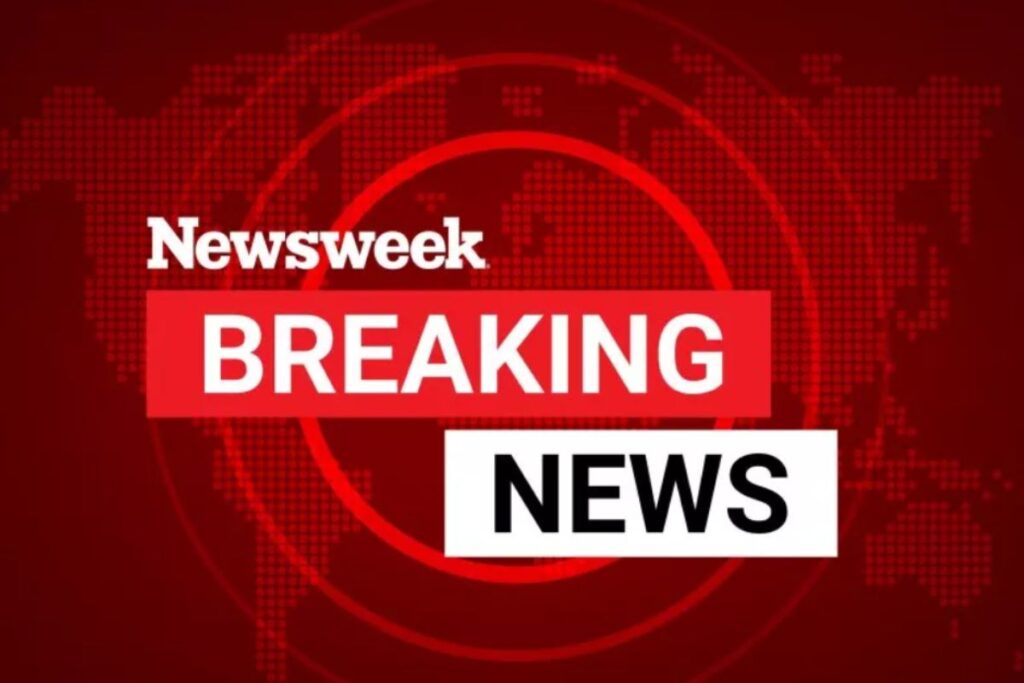President Donald Trump signed an executive order on Thursday imposing tariffs from 10 percent to 41 percent on U.S. imports from dozens of countries and foreign economies.
The tariffs, which will take effect in seven days, include 25 percent on Indian goods entering the U.S., 20 percent on Taiwan’s goods and 30 percent for South Africa’s.
Two of Asia’s poorest counties, Myanmar and Laos, face 40 percent tariffs on their exports to the U.S., while Syria faces the highest rate of 41 percent.
Canada faces tariffs of 35 percent on its exports to the U.S.
In his order, Trump said that some trading partners had agreed or on the verge of agreeing to trade deals “to permanently remedy the trade barriers … and to align with the United States on economic and national security matters.”
“Other trading partners, despite having engaged in negotiations, have offered terms that, in my judgment, do not sufficiently address imbalances in our trading relationship or have failed to align sufficiently with the United States on economic and national-security matters,” he said.
“There are also some trading partners that have failed to engage in negotiations with the United States or to take adequate steps to align sufficiently with the United States on economic and national security matters,” Trump said in the order.
Trump set the August 1 deadline after his previous “Liberation Day” tariffs announced in April triggered global market panic fueled by fears of recession. He then imposed a 90-day period for negotiation and further extended the timeline while sending letters that listed rates to world leaders.
That prompted a blizzard of hasty negotiations by numerous countries hoping to reach an agreement before the deadline.
Shortly before the Friday deadline, Trump said he would enter a 90-day negotiating period with Mexico, one of America’s largest trading partners, with the current 25 percent tariff rates staying in place, down from the 30 percent he had threatened earlier.
Read the full article here
